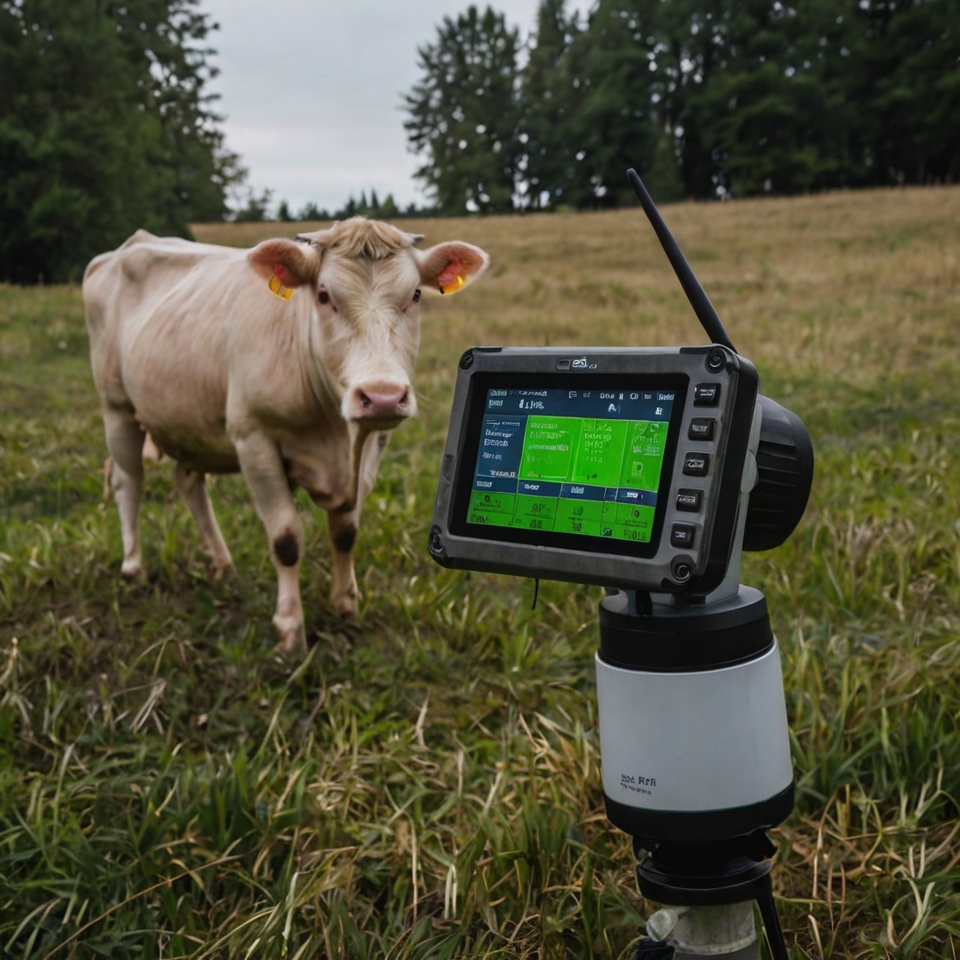The livestock monitoring market has been gaining momentum as modern technology plays a transformative role in the agricultural sector. By adopting monitoring systems, livestock farmers can enhance their operations, improve animal health, and boost productivity, making these technologies essential for future farming.
Importance of Livestock Monitoring
The livestock monitoring market offers solutions that allow farmers to track the health and behavior of their animals, leading to timely and informed decision-making. With these monitoring systems, farmers can gain insights into animal activity, reproductive cycles, and overall health status. This data is crucial in maintaining animal well-being, optimizing feed intake, and identifying early signs of diseases, which can significantly reduce mortality and improve farm efficiency.
In addition to health monitoring, location tracking has become a critical component in managing large herds. GPS-based tracking allows farmers to quickly locate animals and monitor grazing patterns, enabling better land management and reducing the risk of loss due to straying.
Technological Components Driving the Market
Key technologies that support the livestock monitoring market include sensors, data analytics, and IoT-enabled devices. Sensors embedded in wearable devices collect data on various health indicators, which is then transmitted to cloud-based systems for analysis. Through IoT connectivity, farmers can monitor livestock remotely, making real-time adjustments as needed.
Data analytics plays a major role by processing this data to generate actionable insights. Predictive analytics, for example, can forecast health issues based on trends and patterns, allowing for preventive measures. This predictive ability is especially valuable in high-stakes operations where even minor health issues can impact productivity.
Market Demand and Geographic Trends
Increasing consumer demand for high-quality, ethically sourced animal products is a significant driver for the livestock monitoring market. Regions with high consumption rates of meat and dairy, such as North America and Europe, are at the forefront of adopting these technologies. These regions have established livestock management systems and strong government regulations, further promoting technology adoption.
In contrast, Asia-Pacific is an emerging market for livestock monitoring, driven by population growth and rising standards of living. As demand for animal-based food products increases in this region, there is a parallel need for efficient livestock management, providing growth opportunities for the market.
Benefits and Barriers to Adoption
While livestock monitoring systems offer multiple benefits, including enhanced productivity and animal welfare, they are not without challenges. The high initial cost of equipment and maintenance, as well as the need for technical knowledge, can limit adoption among smaller farms. Nevertheless, the long-term benefits, such as improved animal health and reduced operational costs, are expected to encourage wider adoption over time.
Future Outlook
The future of the livestock monitoring market is likely to see advancements in automation and precision farming. As machine learning and AI algorithms evolve, they will further improve predictive health monitoring, enhancing the accuracy of early disease detection and intervention strategies. Moreover, as monitoring systems become more affordable, they will become accessible to a broader range of farmers, leading to widespread adoption globally.
Overall, the livestock monitoring market holds immense potential to revolutionize farming practices, enabling more sustainable and productive livestock management that can meet the growing global demand for animal products.
